Outdoor Shade Succulents – Growing A Succulent Shade Garden


When we think of succulents, most of us think of the desert variety that thrive in scorching sun and punishing hot temperatures. However, while all succulents do best with some light, a few can withstand partial shade.
Growing succulents in the shade isn't ideal for most varieties, but a prized few will actually flourish in low light situations. The trick is to choose the right succulents for shade and care for them appropriately.
About Outdoor Shade Succulents
It is not common to see succulents like burro's tail or string of pearls hanging in planters under a covered patio or porch. These varieties will still prosper even though they usually only get filtered light. Such shade tolerant succulents are few and far between, but they do exist. They are mostly smaller specimens, but a few larger species can be found.
Building a succulent shade garden requires a bridge between two worlds. Most of our common succulents need a full day of sun or they get leggy and fail to bloom. Plants in shade should ideally at least get some dappled light six hours per day. The good part about a low light site is that plants sensitive to searing sunlight can get a break during the hottest time of the day. This will help prevent scald and preserve the color of the plant.
Outdoor shade succulents will also need less water, making them perfect xeriscape plants.
Varieties of Succulents for Shade
Most shade tolerant succulents are suitable for containers, but a few will succeed in properly prepared soil. Make sure the garden site is well draining and incorporate a bit of grit to enhance percolation. Succulents in moist soil may rot and perform poorly, especially in shade.
Here are some to try:
Gardening tips, videos, info and more delivered right to your inbox!
Sign up for the Gardening Know How newsletter today and receive a free copy of our e-book "How to Grow Delicious Tomatoes".
- Aloe Vera
- Jade Plant
- Euphorbia
- Hoya
- Holiday Cacti (Easter, Christmas)
- Elephant Foot
- Foxtail Agave
- Woodland Stonecrop
- Gasteria
- Echeveria Painted Lady
- Rosary Vine
- Night Blooming Cereus
- Saucer Plant (Aeonium)
- Panda Plant
- String of Hearts
- Zebra Plant
- String of Bananas
- Flaming Katy
Growing Succulents in Shade
If at all possible, prune out a few branches of any tree that is creating the shade to let some dappled light through. Amend the soil so it drains well and mulch with rock or inorganic material. Organic mulches will hold water and can cause rot. Water about half as much as you would a plant in full sun.
Use your fingers to test soil several inches (8 cm.) deep. If you feel dry soil, it is time to water. Also, monitor the condition of leaves. Any puckering indicates it is time to irrigate. Water only at the root zone and avoid getting moisture on leaves which may not dry quickly and promote fungal spores.
Watch for common insects like mealybugs and combat with a horticultural soap or oil.

Bonnie Grant is a professional landscaper with a Certification in Urban Gardening. She has been gardening and writing for 15 years. A former professional chef, she has a passion for edible landscaping.
-
 Looking For Plants To Give You The Soft And Fuzzies? Try These 5 Fuzzy Leaf Plant Options
Looking For Plants To Give You The Soft And Fuzzies? Try These 5 Fuzzy Leaf Plant OptionsLovers of texture, drama, silver foliage and tactile plants will adore these special sensory garden additions. These fuzzy leaf plant options will leave you all aglow
By Susan Albert
-
 Get Ready For A Summer Of Hummers! Grow These Full Sun Hummingbird Plants and Flowers
Get Ready For A Summer Of Hummers! Grow These Full Sun Hummingbird Plants and FlowersIf you’re lucky enough to enjoy a sunny backyard, make sure you are maxing out on your pollinator opportunities and grow these full sun hummingbird plants and flowers
By Tonya Barnett
-
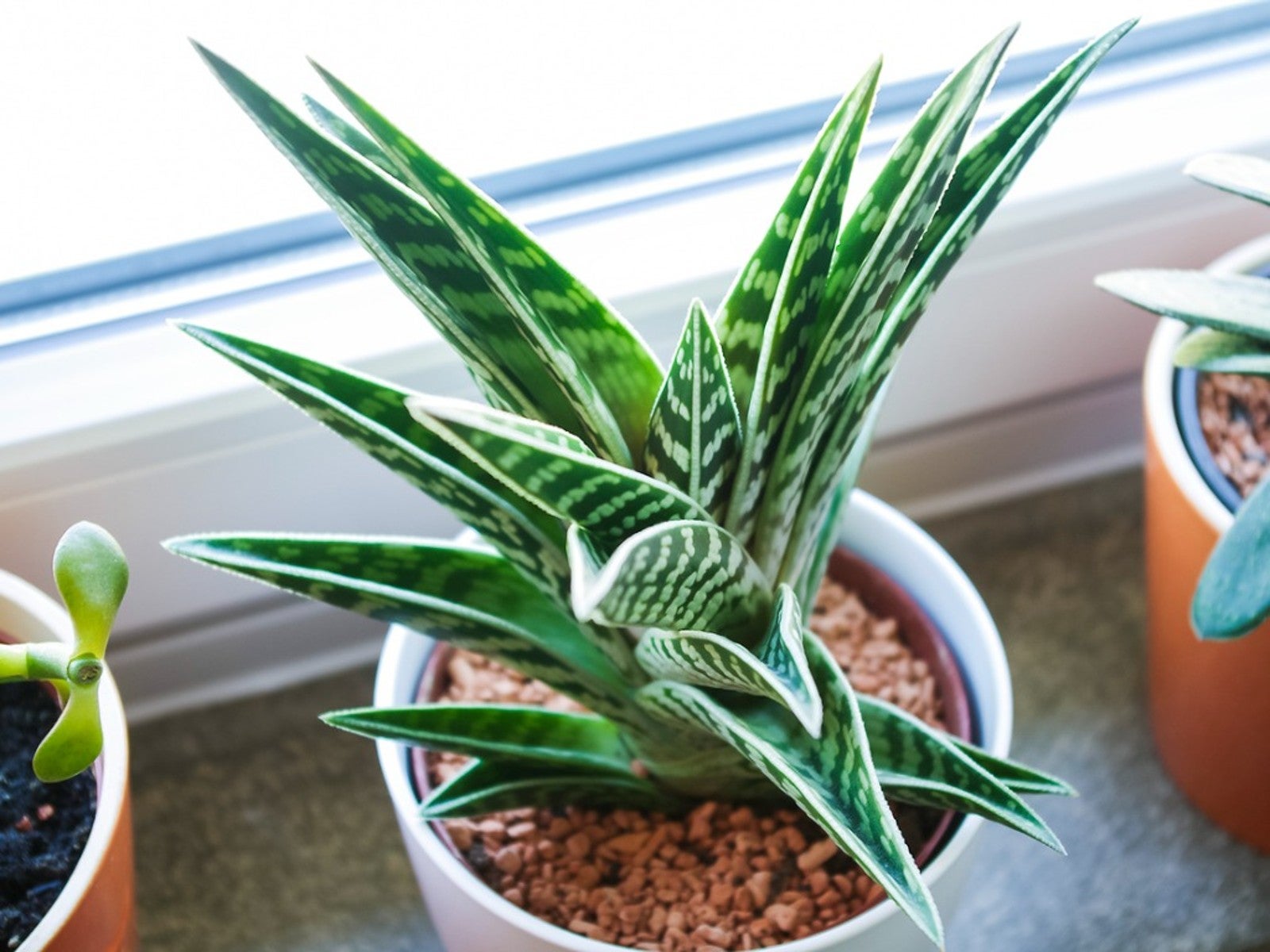 Variegated Succulents To Add To Your Plant Collection
Variegated Succulents To Add To Your Plant CollectionRead about some of the pretty variegated species that add beauty and interest to your succulent collection.
By Becca Badgett
-
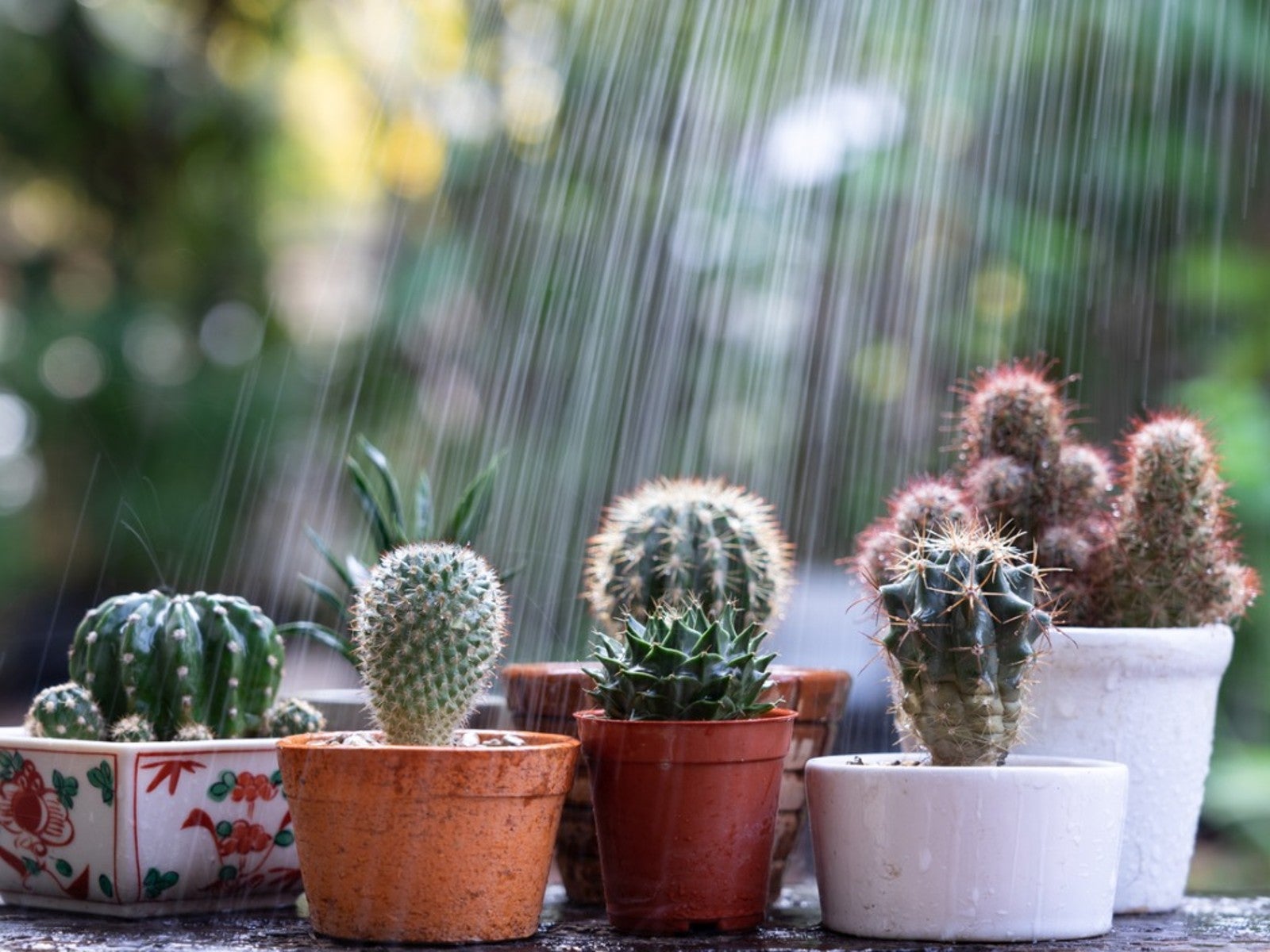 How To Protect Succulents And Cacti From Rain
How To Protect Succulents And Cacti From RainRain has the potential to cause damage to our cacti and succulents. However, when planted in proper soil, rainfall may perform as just a deep watering. Read on for more.
By Becca Badgett
-
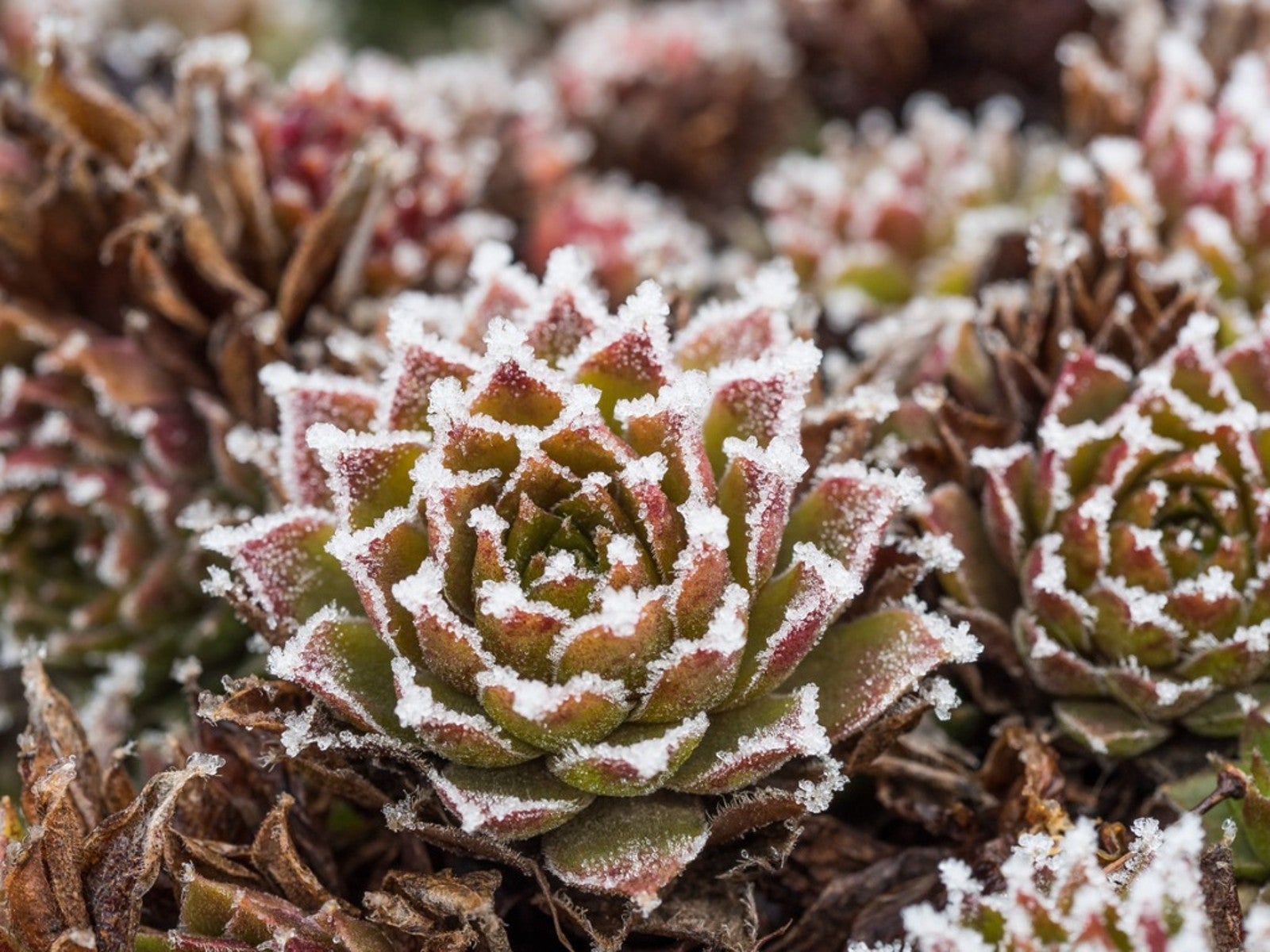 Succulents and Frost: How To Save A Succulent From Frost Or Freeze
Succulents and Frost: How To Save A Succulent From Frost Or FreezeCan succulents withstand cold? Succulents and frost don't traditionally go together and can result in damage, but you may be able to save frozen succulents.
By Bonnie L. Grant
-
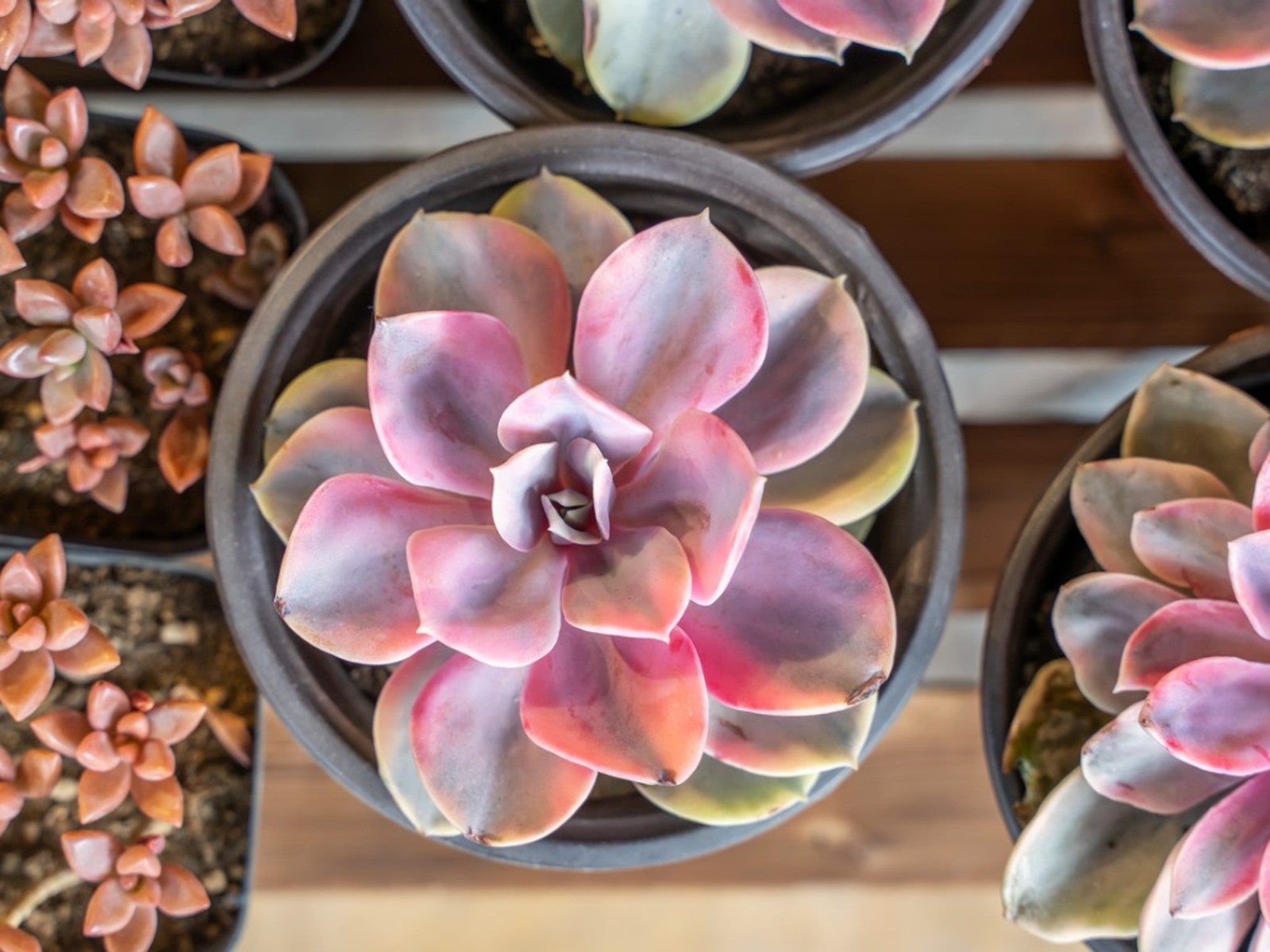 Pink Succulents Varieties To Try: How To Grow Perfect Pink Succulent Plants
Pink Succulents Varieties To Try: How To Grow Perfect Pink Succulent PlantsPink succulents may display the color on leaf edges or with streaks or blotches mingled throughout the foliage. Here are our favorites.
By Becca Badgett
-
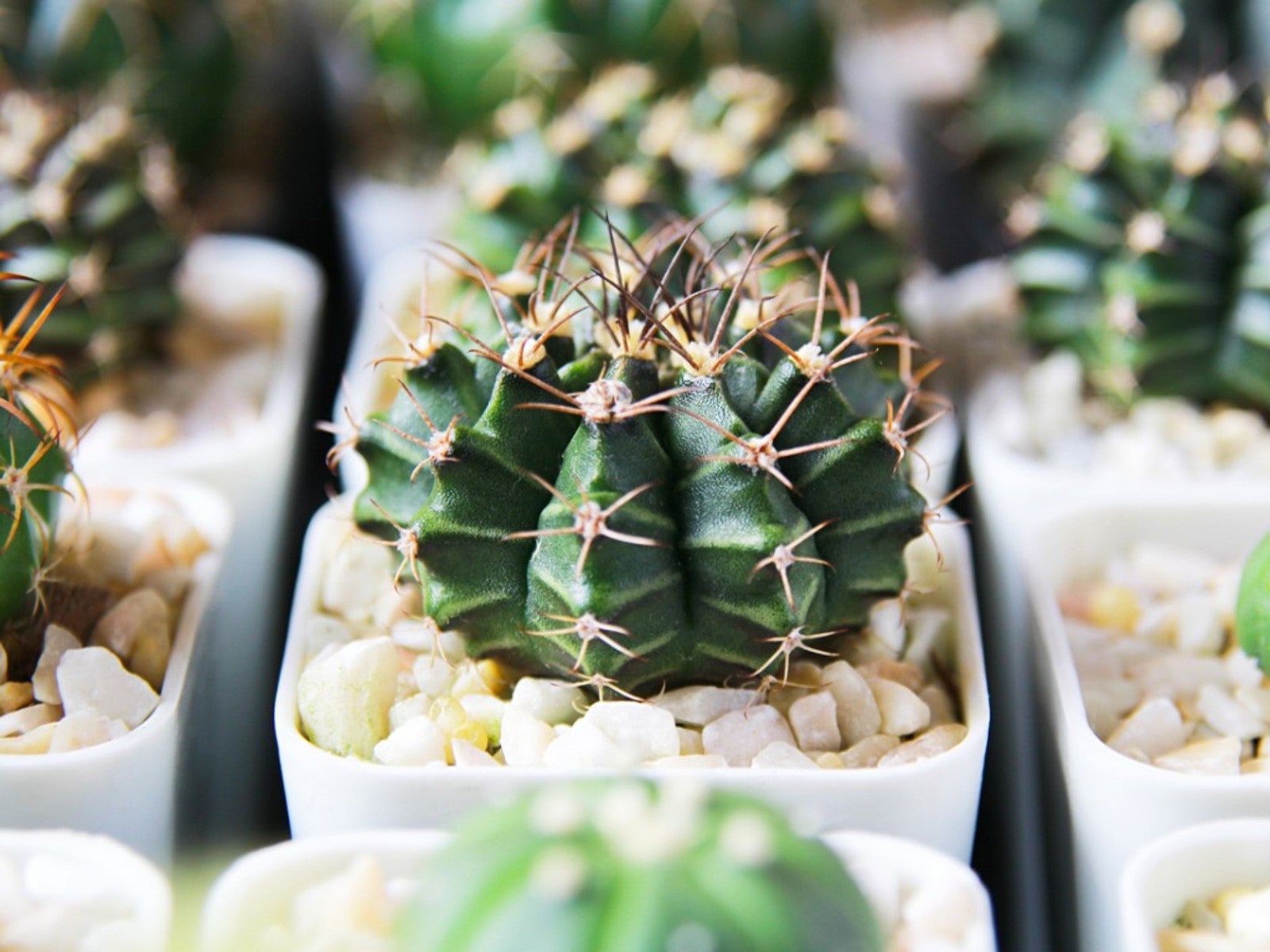 10 No Fuss Cacti - What’s The Best Low Maintenance Cactus
10 No Fuss Cacti - What’s The Best Low Maintenance CactusIf you’re thinking of adding plants to your collection, consider no fuss cacti. Click here for an easy cacti list, even for beginners.
By Becca Badgett
-
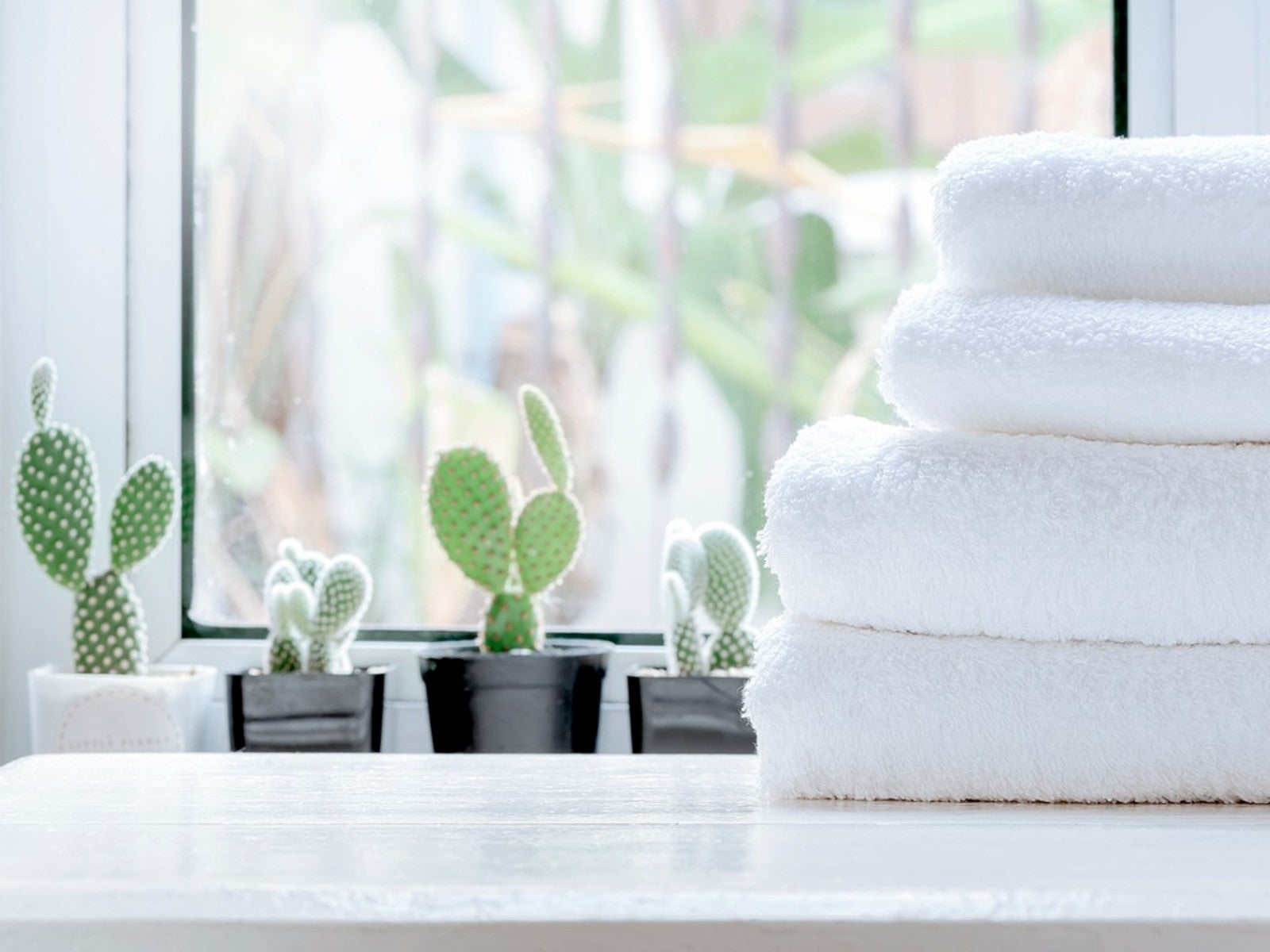 5 Best Succulents For A Bathroom
5 Best Succulents For A BathroomSome succulents can be great options for bathroom decoration. Read on for our top five bathroom succulent ideas.
By Becca Badgett
-
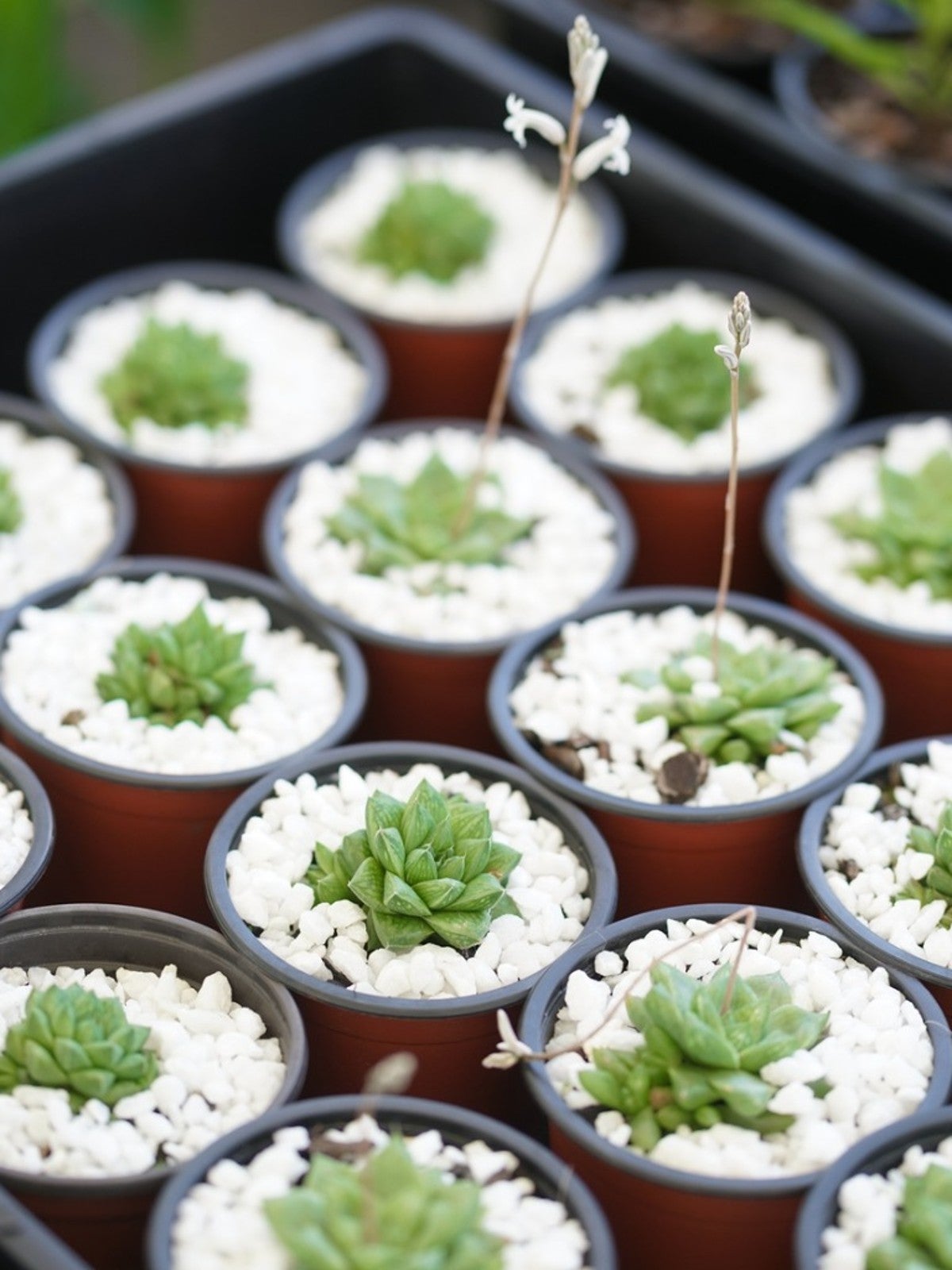 What Is A Succulent Starter Kit - Best Succulent Starter Kits
What Is A Succulent Starter Kit - Best Succulent Starter KitsWhile garden kits are not the most inexpensive option for growing succulents, they do include everything you’ll need. Grow succulents from seed by using a succulent seed starter kit to learn the process and to check your results.
By Becca Badgett
-
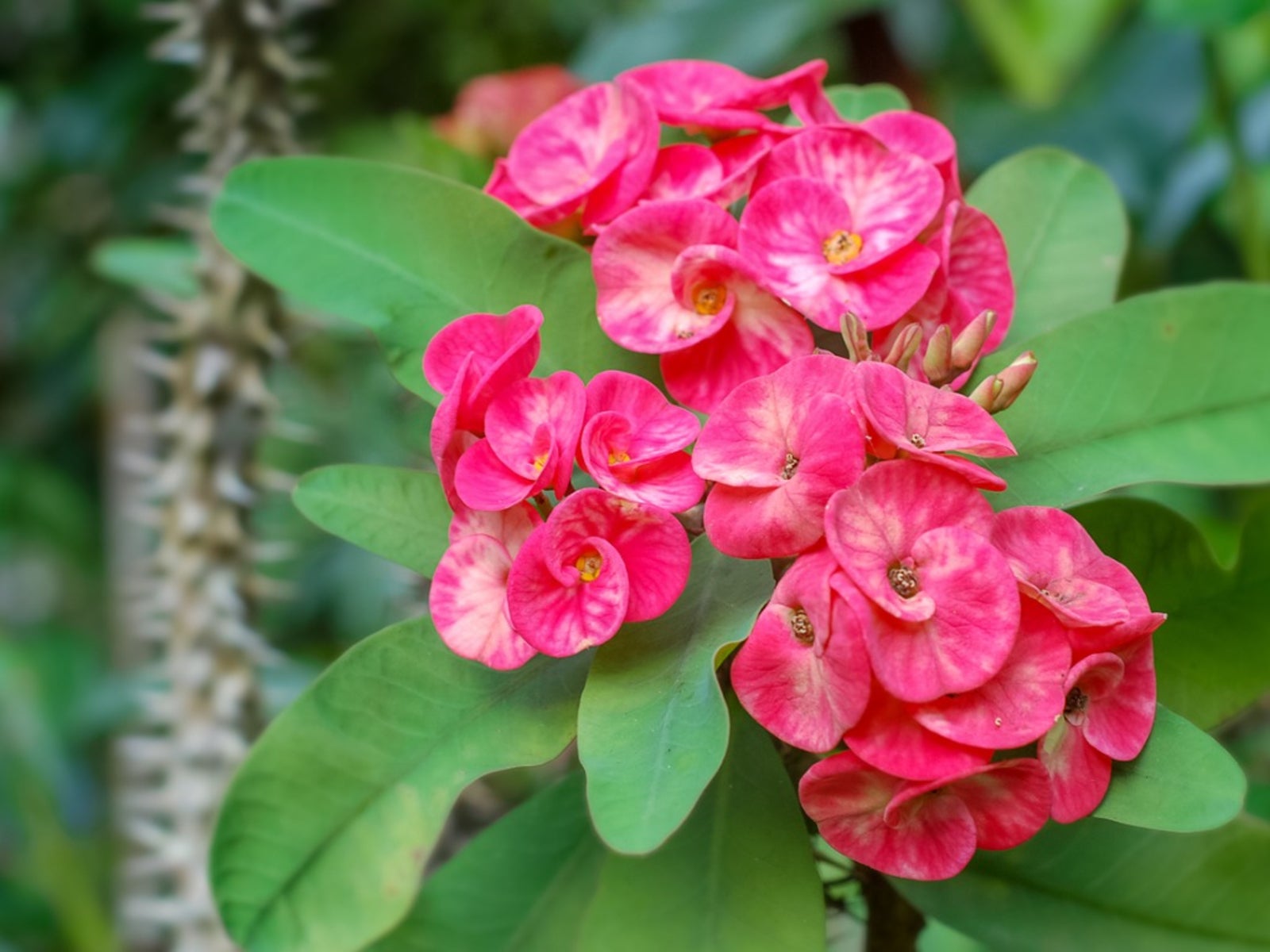 Dazzling Succulents - Succulents With Striking Flowers
Dazzling Succulents - Succulents With Striking FlowersWhen you think of succulents you may just envision their unique leaves and stems. But succulents also produce bright and bold flowers in the right conditions. Read on to learn more.
By Bonnie L. Grant